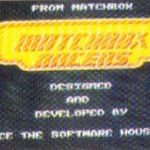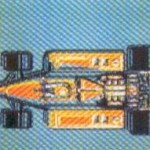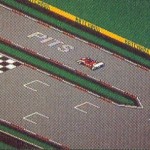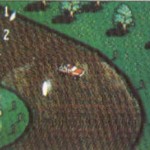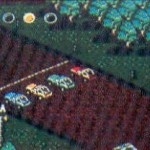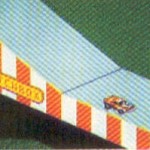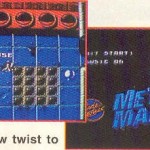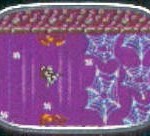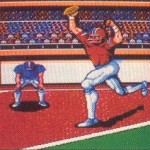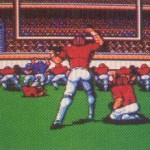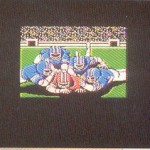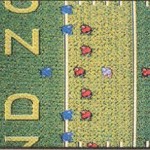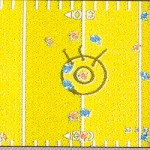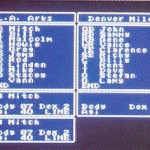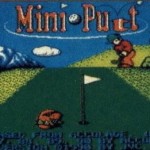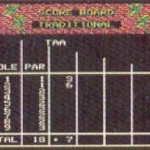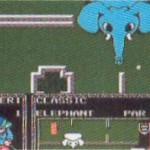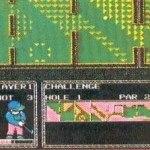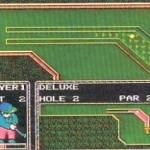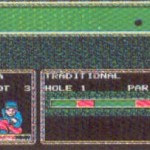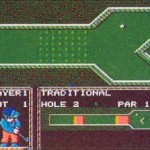ENG: This entry in the archive doesn’t have a description yet. If you want to add some info about the beta / cancelled stuff that you see in these images, just write a comment or send us an email! We’ll add your info in this page and your name in the contributors list. Thanks a lot for your help! :)
ITA: Questa pagina dell’archivio non ha ancora una descrizione. Se vuoi aggiungere delle informazioni riguardo le differenze della beta o la descrizione di un gioco cancellato, lasciaci un commento o mandaci una email! Inseriremo le tue informazioni nella pagina ed il tuo nome nella lista dei collaboratori. Grazie per il tuo aiuto! :)
Thanks a lot to NES World for these screenshots!
Images:

